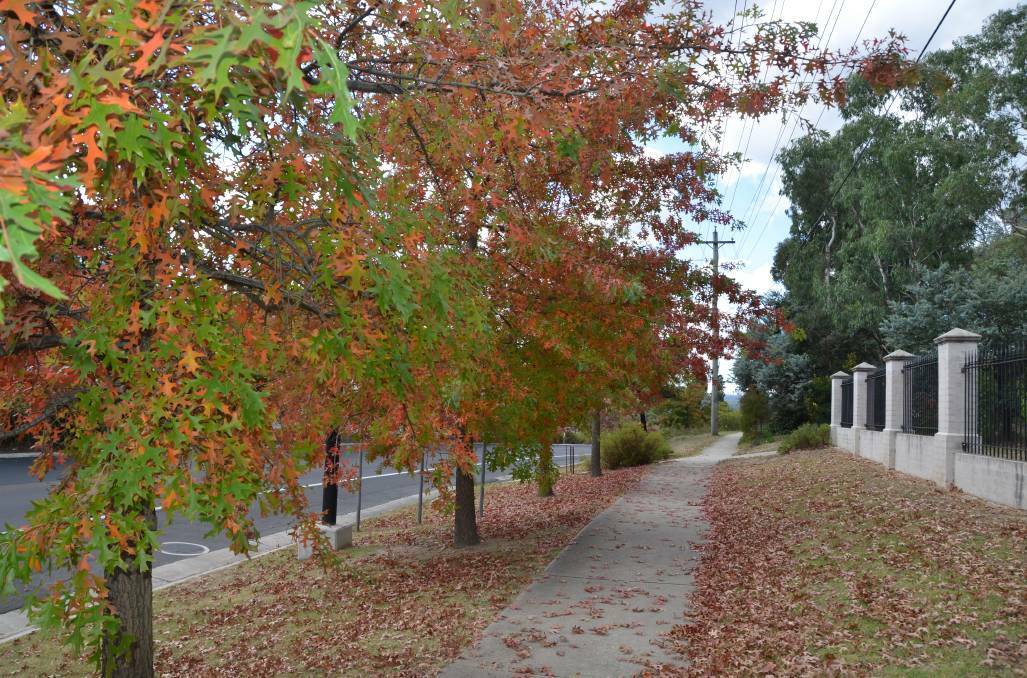
Lithgow residents can breathe easy, literally.
Subscribe now for unlimited access.
$0/
(min cost $0)
or signup to continue reading
The NSW Environment Protection Authority [EPA] released their 2020 Autumn report on the Blue Mountains and Lithgow Air Watch Program which showed that during this period air quality in the region improved 'greatly'.
This was mainly due to the region not being choked with smoke from the Gospers Mountain fire which impacted the Lithgow area from October 2019 through to late January 2020.
The Autumn Air quality report presents findings from March, 1 to May, 31, 2020.
During this period, air quality in the region improved in comparison to summer 2019-2020 and complied with the air quality standards for both particulate and gaseous air pollutants.
"The autumn readings showed similar concentrations and trends to those recorded during winter and early spring 2019," an EPA spokesperson said.
PREVIOUS REPORTS:
The Blue Mountains and Lithgow Air Watch project was a 12 month community initiated research project, that aimed to provide a better picture of air quality in the region. The project has now come to an end.
"The aim of the 12 month project was to provide a better picture of air quality in the region across all seasons and has found that air quality in the region was generally very good and complied with standards for both particulate and gaseous air pollutants during the autumn period," an EPA spokesperson said.
The autumn 2020 carbon monoxide (CO) concentrations were significantly below the NSW air quality standard of nine ppm on an eight-hour average.
A peak rolling eight-hour average carbon monoxide of 0.3 ppm was recorded on May, 29.
According to the report the concentrations observed trended with those for winter 2019, where CO ranged between 0.01 ppm and 0.5 ppm.
The readings for other air quality indicators including nitrogen oxide (NO), nitrogen dioxide (NO2), sulphur dioxide (SO2) and hourly ozone (O3) were within air quality standards.
Low cost air quality sensors, known as KOALAs (Knowing Our Ambient Local AirQuality) located at Katoomba, Lithgow, Springwood and Wentworth Falls showed that hourly airborne concentrations of fine (PM2.5) and coarse (PM10) particulates were significantly lower in autumn 2020 when compared to the summer 2019-2020 bushfire period.
During autumn, hourly particulate concentrations returned to similar concentrations observed during winter and early spring 2019, with no significant difference in particulates concentrations recorded across all sites.
The KOALA at Wentworth Falls malfunctioned during the autumn period, with no data available between March 1 and 13, 2020.
Similar to winter and spring 2019, a bimodal peak is evident when observing hourly carbon monoxide measurement across all sites for Autumn 2020, though less pronounced in comparison to the winter 2019 peak.
The first small peak occurs around 7am, with a much larger peak in the evening around 7pm.
According to the report further observation across all seasonal periods will be needed to investigate the potential sources associated with these peaks.
The report stated the hourly CO concentrations for autumn 2020 were very low and at the limit of detection for the sensors, returning to similar concentrations observed during winter and spring 2019.
Minor increases in CO were observed for May in Springwood, and for April and May in Lithgow.
The report states that air quality in the Blue Mountains and Lithgow improved significantly during the autumn 2020 period with concentrations of gaseous and particulate air pollutants returning to similar concentrations and trends observed during winter and early spring 2019.
A final report drawing on the 12-months of data from the Katoomba air quality monitoring station will be released later this year.
You can check out the full report here.
Subscribing means more than just website access. Read the print paper online, enter giveaways and more for just $2 a week, cheaper than a coffee. What are you waiting for?


